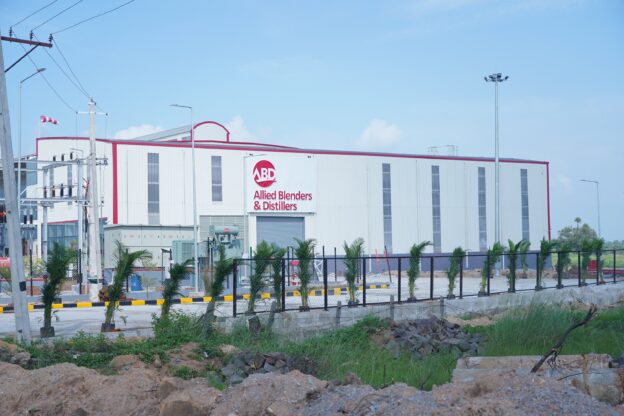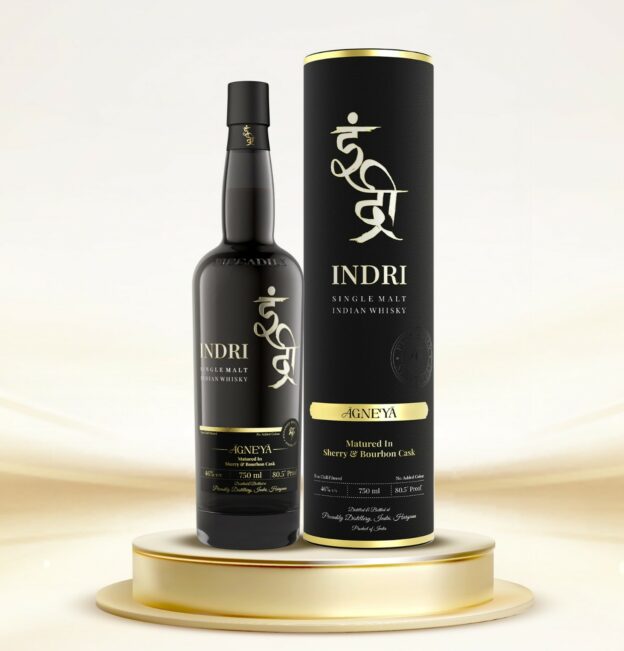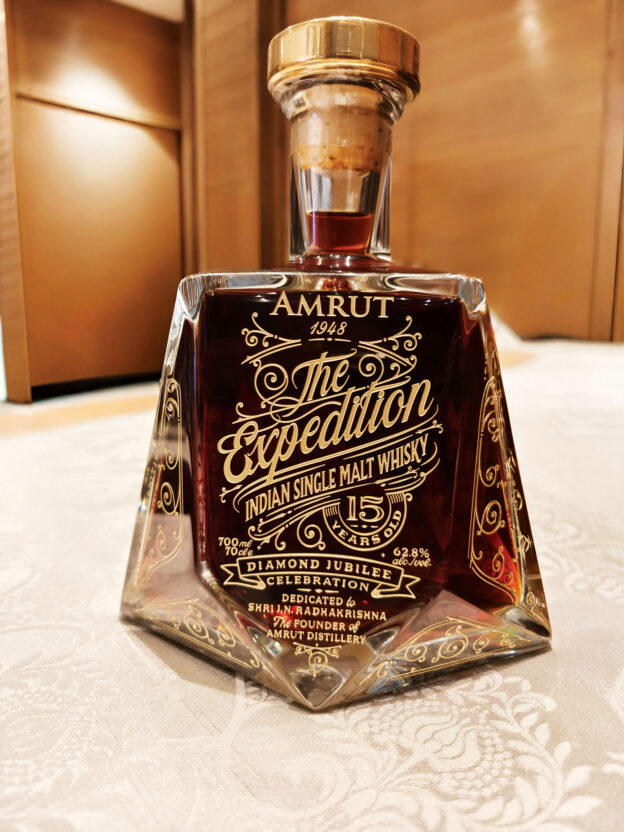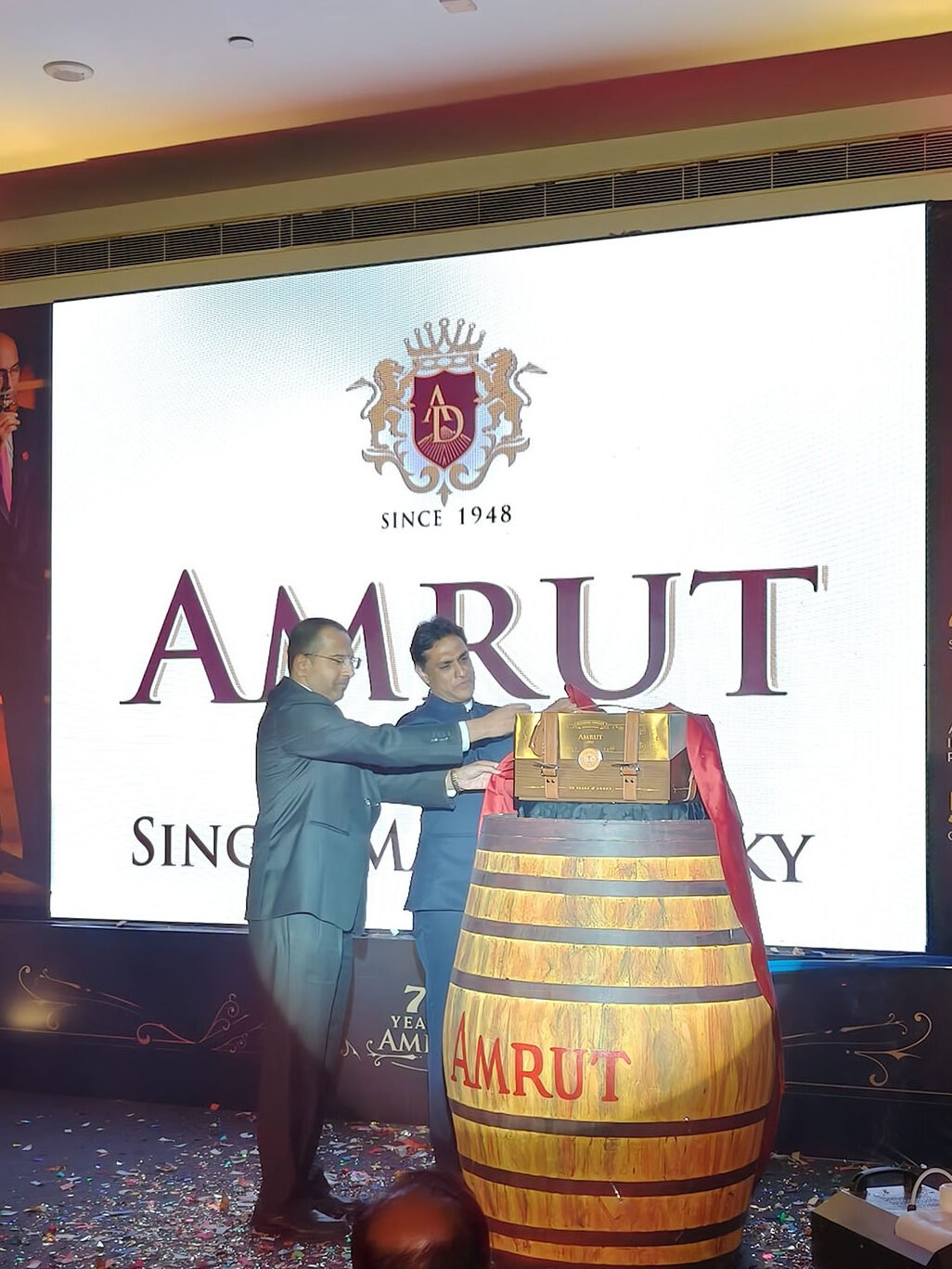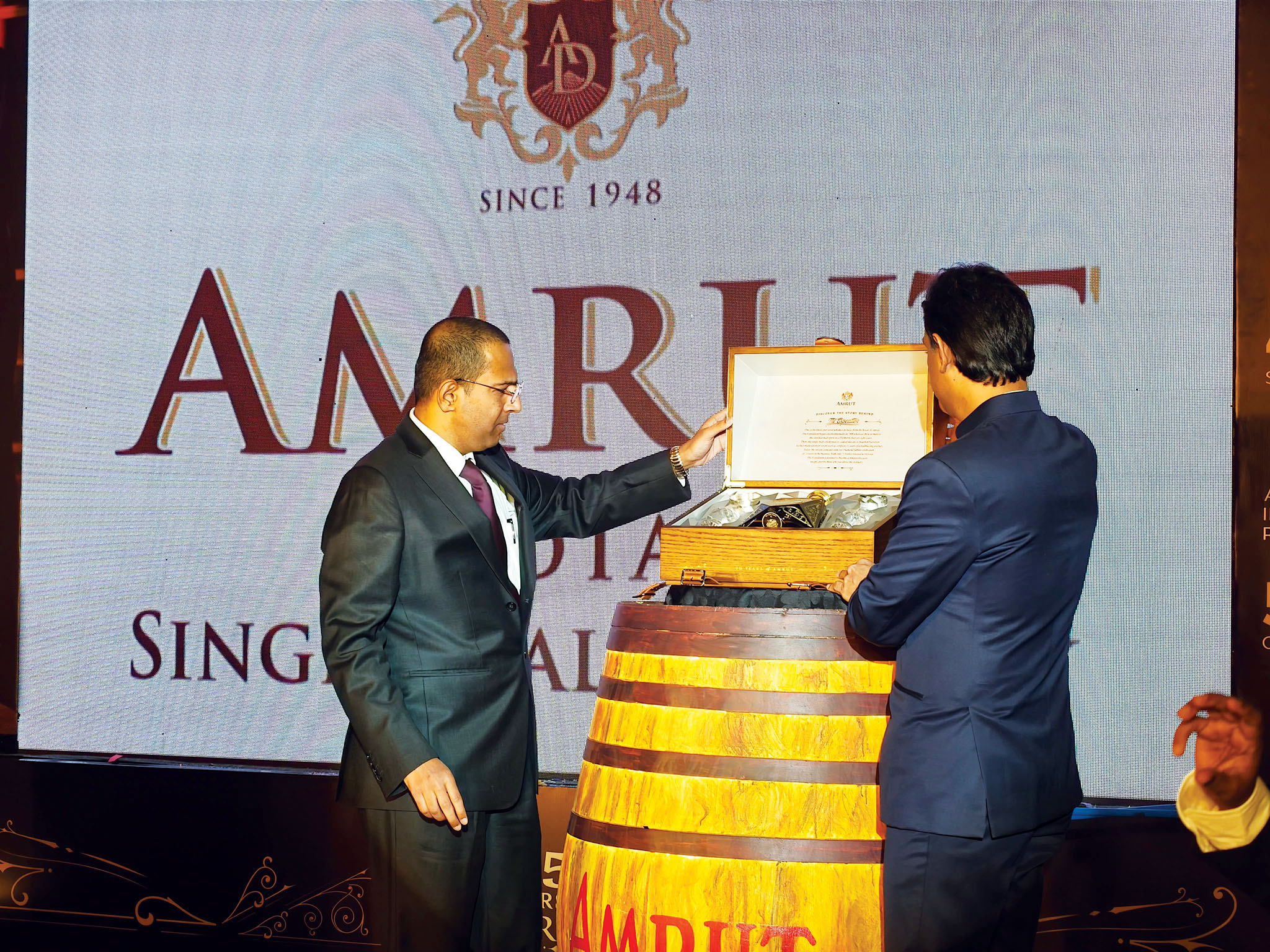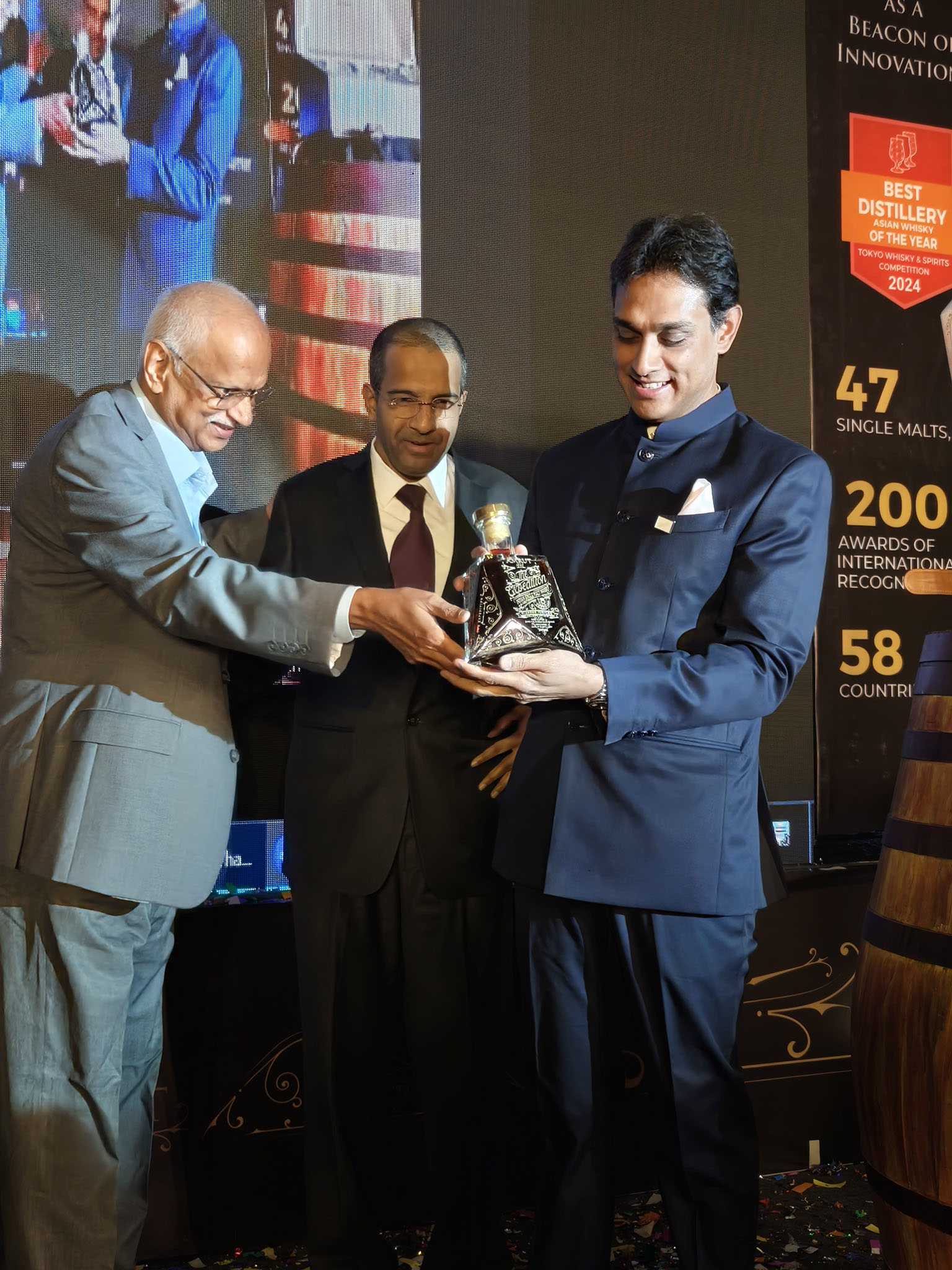Allied Blenders & Distillers Ltd (ABD) has commissioned a polyethylene terephthalate (PET) bottle manufacturing facility at its integrated complex in Rangapur in Telangana. With an annual capacity of over 600 million bottles, the new plant is equipped with robotics, automation, recycling, and energy-saving technologies—part of the company’s backward integration strategy to boost self-reliance and cut costs.
The inauguration was led by founder Kishore Rajaram Chhabria, alongside managing director Alok Gupta and executive director Arun Barik. “This facility will significantly strengthen our supply chain while improving profitability through savings in logistics and packaging costs,” said Gupta.
The Rangapur complex is among ABD’s flagship assets, housing a 65-million-litre extra neutral alcohol (ENA) distillery, an Indian Made Foreign Liquor (IMFL) bottling unit, and now, the PET facility. Regulatory approval was recently granted to increase grain spirit production to 615 lakh bulk litres per year.
In addition, the site is witnessing fresh investment with the setup of a single malt whisky plant at an outlay of ₹75 crore. The facility, expected to commence production by the end of this fiscal year, will mark ABD’s entry into the premium single malt segment. Once distilled, the whisky will mature for at least three years before hitting the market—meaning ABD’s first single malt is expected post-2029.
Betting on Premiumisation and Global Demand
Alok Gupta highlighted that single malt whisky is one of the fastest-growing categories globally, and Indian brands are gaining traction with international accolades. “This will be a fascinating opportunity for ABD as Indian single malts have captured the imagination of global consumers.”
The company already exports to 27 countries and plans to expand its footprint to 35 markets. Exports currently contribute 8% of ABD’s topline.
ABD has also recently introduced five luxury brands since January 2024, diversifying beyond its mass-market Officer’s Choice whisky and Zoya premium gin. Historically known for its sub-₹1,000 price segment, ABD is now positioning itself to compete head-on with international premium players.
Capex-Driven Growth Story
ABD is in the midst of a ₹527 crore capital expenditure programme aimed at operational efficiency, premiumisation, and capacity expansion. About 25% of this investment was completed in FY24, with 60% earmarked for FY25 and the remainder in FY26. The spend will also support the company’s plan to expand total distillation capacity from 71 million litres per annum (mlpa) to 121 mlpa by FY27.
According to Gupta, these investments are expected to lift EBITDA margins from 7.5% to 17% and improve return on capital from 18% to above 20% by FY28. ABD has guided for 14–15% annualised growth in net sales over the next three fiscals, projecting its topline to double in just over five years.
Beyond expansion, ABD continues to embed sustainability in operations. The Rangapur site incorporates water recycling, biomass fuel handling, and energy-efficient automation across production. These measures not only reduce environmental impact, but also improve cost structures, complementing the company’s growth-driven investments.
Listed on Indian stock exchanges in July 2024, ABD reported revenues of ₹3,541 crore in FY25. With backward integration through packaging, aggressive capex in distillation, and a strategic push into single malt, the company is betting on premiumisation and global growth to shape its next decade.
“Consumers are upgrading, regulations are becoming more supportive, and Indian spirits are getting their due recognition globally,” Gupta said. “We see this as the perfect time for ABD to expand beyond our traditional base and build a strong premium portfolio for India and the world.”


